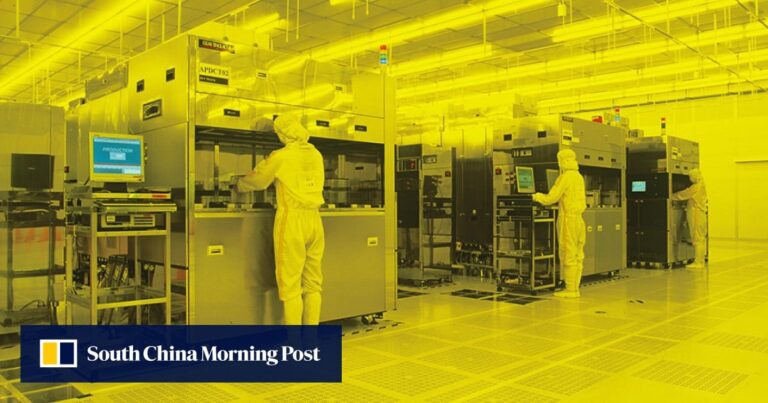Huahong Semiconductor, China’s second-largest semiconductor foundry, has hired a former Intel veteran as its new president amid a management reorganization.
The Shanghai-based chipmaker, which specializes in mature node technologies, said in a stock filing Thursday that it has hired former Intel global vice president Bai Peng, 62, as its new president on a three-year contract. Announced. Mr. Bai will take over the role of president from Mr. Junjun Tang, who remains Huahong Semiconductor’s chairman and executive officer.
Mr. Bai has more than 30 years of semiconductor manufacturing experience and previously held executive positions at various chip manufacturers, including US semiconductor giant Intel. Mr. Bai attended China’s prestigious Peking University and later earned a bachelor’s degree in physics from Romania’s University of Bucharest in 1985. According to his official bio, he earned a doctorate in physics from Rensselaer Polytechnic Institute in New York.

Mr. Bai most recently served as Chief Executive Officer of Rong Semiconductor (Ningbo) Co, a foundry that produces image sensors, power management chips, and display drivers using mature node technologies from 28 nanometers to 180 nanometers. I was there. Prior to that, he served as process integration engineer, director of yield engineering, director of research and development, vice president and global vice president at Intel, according to filings.
Bai’s appointment comes just weeks after Huahong began operations at a new factory in Wuxi, Jiangsu province, near Shanghai. This also follows Huahong Semiconductor’s state-owned parent company, Huahong Group, appointing Qin Jian as its new chairman, replacing Zhang Shuxin, who had held the position since 2016.
The leadership change comes as China’s semiconductor industry faces new headwinds, including the U.S. launching a trade investigation into China’s legacy semiconductor production, a focus area for Huahong.
Hua Hon Group was ranked as the world’s 6th largest foundry in Q3 2024, driven by demand from local chip design companies. According to data from Taiwanese IC research firm TrendForce, its market share in the quarter was 2.2%, down from 2.6% a year earlier.

